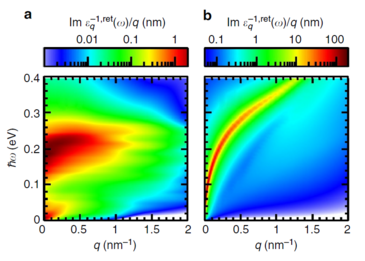A. Steinhoff, M. Florian, M. Rösner, G. Schönhoff, T.O. Wehling and F. Jahnke.
Nature Communications (2017) 8, 1166.
http://dx.doi.org/10.1038/s41467-017-01298-6
When electron-hole pairs are excited in a semiconductor, it is a priori not clear if they form a plasma of unbound fermionic particles or a gas of composite bosons called excitons. Usually, the exciton phase is associated with low temperatures. In atomically thin transition metal dichalcogenide semiconductors, excitons are particularly important even at room temperature due to strong Coulomb interaction and a large exciton density of states. Using state-oft-he-art many-body theory we show that the thermodynamic fission–fusion balance of excitons and electron-hole plasma can be efficiently tuned via the dielectric environment as well as charge carrier doping. We propose the observation of these effects by studying exciton satellites in photoemission and tunneling spectroscopy, which present direct solidstate counterparts of high-energy collider experiments on the induced fission of composite particles.


